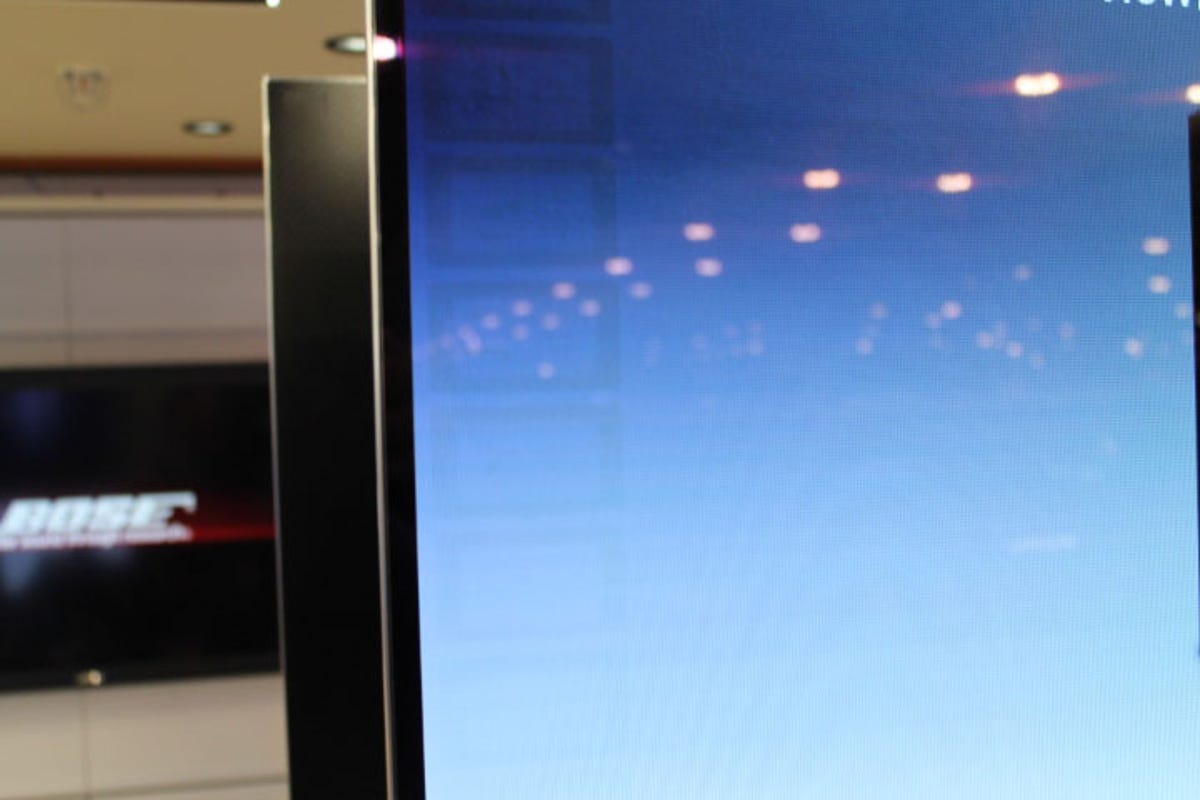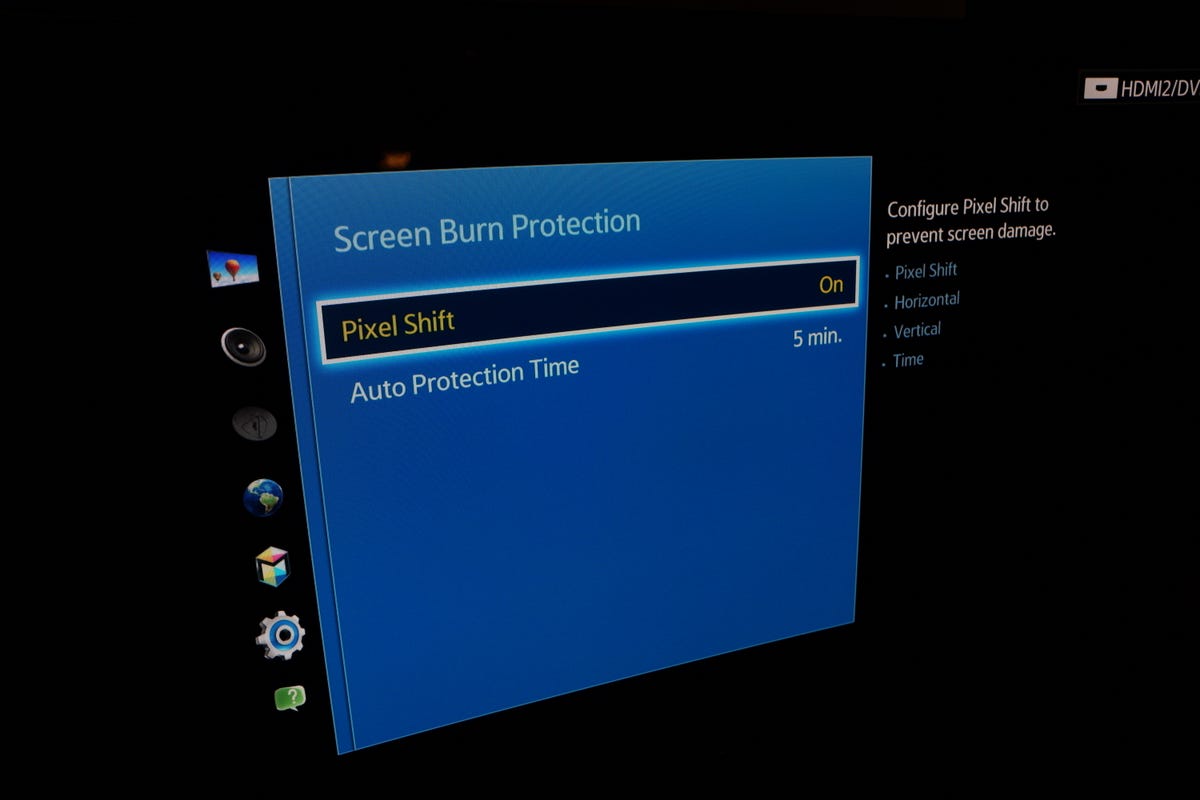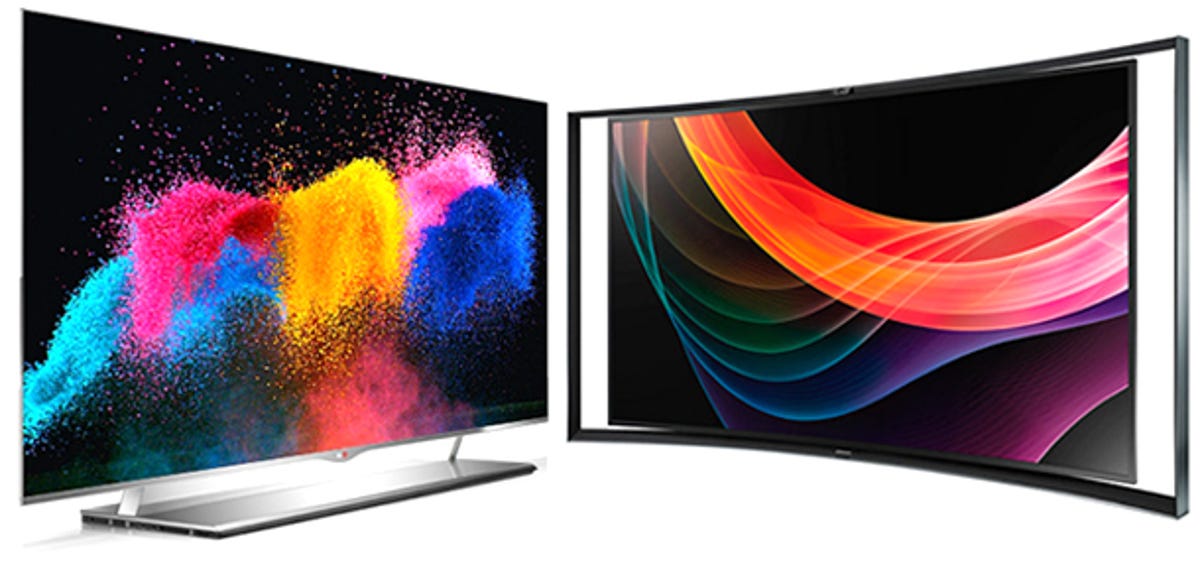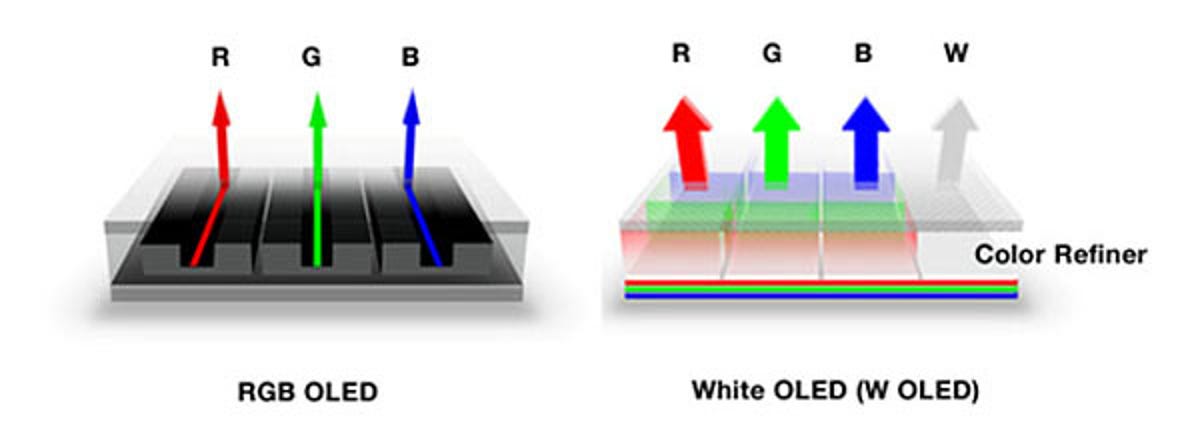Here at CNET we are really excited about big-screen OLED technology. While plasma is the present standard for videophile-quality displays, OLED is the future.
After finally getting a chance to test one of the first shipping OLED TVs in person, CNET’s David Katzmaier says the Samsung S9C OLED is the best display he’s ever seen. It offers almost infinite contrast levels, high light output, and no motion blur, uniformity or off-angle issues.
Yet, like any new technology, OLED has its problems and it pays to know what they are before you shell out any money for it. There are obvious things such as price, but some of the downsides may not be as apparent. Here are seven reasons why a 2013 OLED TV may not be for you.
1. They’re expensive, and might not get cheaper very quickly
Even with a surprising price drop at official launch, Samsung’s S9 OLED still busts the bank at $8,999. As of the time of writing, LG’s 55EM9800 is even more ludicrous at $14,999. While LG’s TV came out in July, the fact that it was first to market is mitigated by the huge price difference. Don’t surprised if LG matches Samsung’s price soon.
By way of comparison, our favorite 55-inch plasma for picture quality, the Panasonic TC-P55VT60, costs $2,700. The best-performing 55-inch LED LCD we’ve tested this year, Sony’s KDL-55W900A, is $2300.
It’s true that new technologies start out expensive and then become cheaper as demand and the ability to supply increases. In less than a year since their debut, 4K LED LCD TVs have dropped rapidly in price, especially when you consider Chinese brands and even some price slashing by the likes of Sony and LG.
But OLED is a lot tougher to manufacture than LED LCD. Given the problems associated with making OLEDs, it’s hard to say when they’ll become affordable enough to recommend. Two years? Five? We just can’t say.


Sarah Tew/CNET
2. They aren’t flat
The first OLED TVs for sale in the U.S. aren’t flat like other TVs, they’re curved. And that curve was Katzmaier’s main hang-up with the Samsung he reviewed: it made the otherwise beautiful image look distorted. From his review:
The corners seemed wider than the middle, creating a subtle trapezoid effect that I found distracting compared to the flatter shape of the traditional screen. The horizontal edges bowed wider toward the edges too, creating a subtle “U” along the top edge and an inverted one along the bottom. I can imagine the curve is something you can get used to, just like any artifact, but if I was that videophile with infinite funds, I’d probably still wait for a flat one.
Samsung and LG both told us that flat OLEDs aren’t coming any time soon, and LG at least admitted that the reason had something to do with differentiating OLED from other types of TVs. On the other hand, of all the problems here, lack of flatness is the one that’s most likely to be solved before any other.
Unofficially, we’ve heard all sorts of rumors and marketing reasons for the curve — “it’s cheaper than making it flat,” “it lets us charge more,” “it’s more immersive,” and “your eyeballs are curved.” Whatever the reason, we are not fans.
Plus, does this mean we have to drop the term “flat panels” now?
3. They can burn in
Here’s one they didn’t tell you about: OLED is subject to burn-in. Like plasma and CRT before it, OLED can retain images on the screen temporarily, and perhaps even permanently, if it’s left static for too long. While the degree to which it is susceptible is as yet unknown, there are a couple examples we’ve seen already.


The most extreme is the LG OLED display at U.K. department store Harrods, where according to a post by an AVS Forums member, burn-in appears to have occurred after two months on display. On the other hand, the member is careful to note that the TV was “clearly being abused” by being set to its brightest picture setting for continual display with a menu onscreen at all times, which are conditions no user at home would likely subject any TV to.
If you have an older OLED phone, such as the original Samsung Galaxy S, you may have seen this issue for yourself. Icons such as the reception bars may stick permanently and be faintly visible on a lighter screen. Follow this link for a (translated) example of how burn-in looks on a mobile phone screen.
Of course plasma TVs are subject to burn-in in extreme cases and “temporary image retention” under normal use, and CNET still recommends them wholeheartedly. Here are a few reasons why. Until we see credible evidence otherwise, we’re assuming plasma and OLED are equally susceptible to this issue.


David Katzmaier/CNET
As Katzmaier found, the Samsung OLED TV does have an anti-burn-in protection circuit (above) and if you do spend $9,000 for this TV, you would be wise to use it!
4. There is only one size: 55 inches
OLED began its televisual life with the 11-inch Sony XEL-1 back in 2008, but there hasn’t been anything else available outside of Asia since. While 55 inches is something of a sweet spot for screen sizes, if you’re looking for something smaller or for a larger living area, sadly, you’re out of luck. Yes, we certainly expect other sizes sometime, but due to manufacturing difficulties (see the next item), they might be a while.


CNET
5. OLED is an immature technology
While this is hardly the first generation of OLED displays in general, it’s still a fledgling compared with mature LCD and plasma technologies.
Two problems facing mainstream OLED production are the relative lifespan of the “blue” pixel, and a relatively low yield. Compared to the red and green pixels, the blue pixel is much less efficient — with studies saying it is as low as 4 percent while the other two are as high as 20 percent, according to Digital Trends. The blue pixel may also reduce your display’s life with older research of the Sony XEL-1 suggesting after only 1,000 hours of use the display had dimmed by 12 percent. It’s probable that the technology has improved since but no company is quoting any numbers.
Low yield refers to the fact that for every OLED TV that manages to make it onto store shelves, a relatively high number of panels have to be scrapped as defective. According to DisplaySearch as of December 2012 yields were as low as 10 percent. However Samsung, for its part, claims a recent, unspecified improvement in yield is the reason it dropped the price of its first OLED by $6000. By no means does this indicate the yield problem is “solved” because until it is, OLED will remain a niche product.
Neither company has published an official lifespan for its new OLED TVs. However, both the LG and Samsung OLED sets come with a 12 month warranty.
6. They’re not 4K
Given that OLED televisions cost a lot of money, you might be surprised to find they don’t support 4K/Ultra High Definition. Sony and Panasonic both showed off 4K OLEDs at CES 2013 and demonstrated that it’s possible to produce these displays in a 55-inch size.
While it’s yet to be seen what impact 4K will have on the market, high-end buyers looking at OLED might be rightly holding back because they want 4K, too. As we keep saying, however, OLED isn’t easy to make. Therefore it isn’t safe to assume that just because the cost gap between 4K and 1080p in LED LCD TVs is narrowing, the same will happen with OLED.
In the meantime, high-end buyer, take heart that at the 55-inch size of today’s OLED TVs, the benefits of 4K resolution are likely to be nearly invisible.
7. There are competing OLED technologies
Nothing like a good old-fashioned “format war” to keep the consumers on their toes, eh? Samsung and LG have fundamentally different approaches when it comes to pixels that make up these displays, and it’s still too early to tell which will be “better” in the long run.


LG
Samsung’s method incorporates discrete red, green and blue subpixels into its display, just like a plasma or LED LCD. Given the uncertainty surrounding the blue pixel, it’s uncertain what the long-term reliability will be.
LG’s way around the “blue” problem is also potentially more cost-effective. It uses a grid made up of white OLEDs (which is actually compressed layers of red, green and blue OLEDs). Over these the company overlays a series of color filters to produce four different subpixels: red, green, blue and white. The advantage, LG says, is that the panel can produce a much higher brightness, which could give it the edge in a brightly lit environment over Samsung’s method.
We haven’t seen LG’s OLED TV in person yet, nor compared it directly to Samsung’s, so we won’t speculate which one’s “better” from a picture-quality standpoint. It may be years before we know which one wins in terms of reliability or longevity, let alone market popularity.
The bottom line is that OLED is essentially a brand-new technology in big-screen TVs, and plenty of questions remain. It has the potential to be the next plasma or LED LCD, but in the meantime we’d tell all but the most avid early adopters to hold off until a few more are answered.




